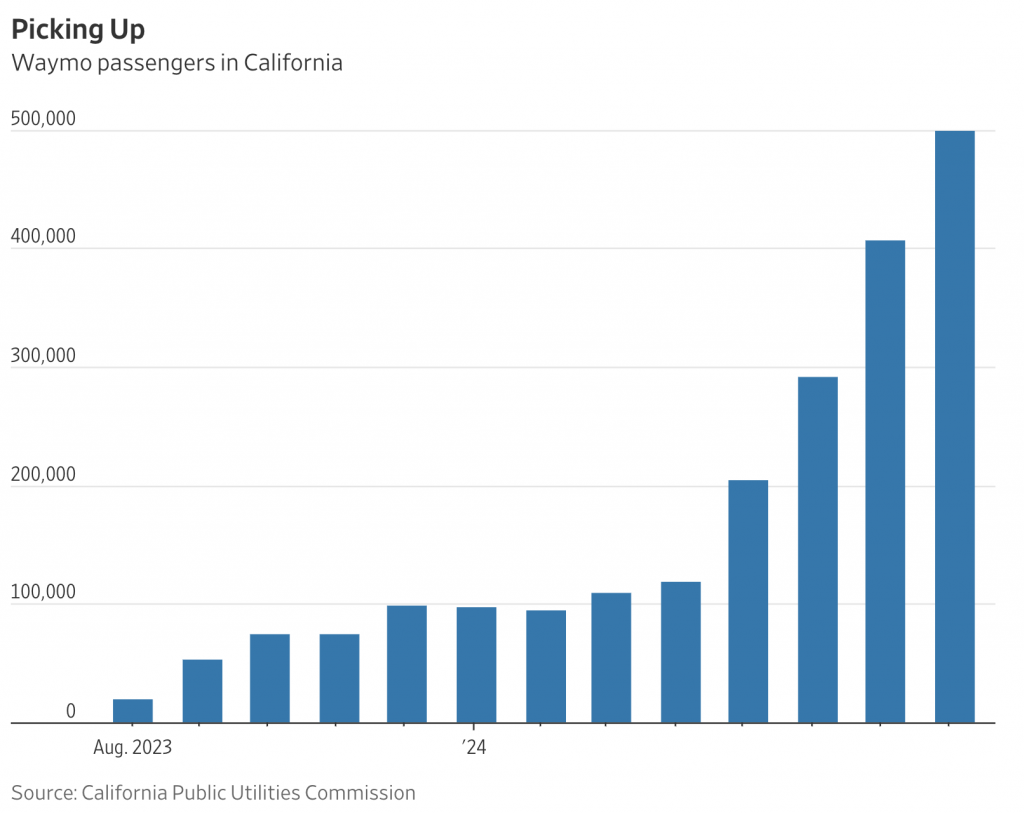Robotaxi Driverless Future on the Horizon
Once a futuristic concept, robotaxis are rapidly approaching reality. Companies like Waymo, Zoox, and Tesla lead the charge, deploying autonomous vehicles (AVs) in select cities across the United States and vying for a share of the burgeoning ride-hailing market.
The shift towards driverless mobility promises significant advantages but presents formidable challenges that must be addressed for widespread adoption.
Riding the wave of technological advancements
Remarkable advancements in autonomous driving technology fuel the rise of robotaxis. Companies like Waymo, having invested years in research and development, are confident in the capabilities of their self-driving systems.

As Andrew Macdonald, Uber’s senior vice president of mobility, pointed out, “This level of nitty-gritty takes years to build. It’s not something you can do by flipping a switch.” This sentiment underscores the complexity and sophistication of the technology underpinning these driverless vehicles.
Beyond established players like Waymo, Tesla, with its ambitious Cybercab project, aims to disrupt the market with a more affordable and widely accessible robotaxi. Tesla CEO Elon Musk has boldly proclaimed that a Cybercab will be priced under $30,000, making it a potential game-changer in affordability.
New mobility ecosystem
Recognizing the potential of robotaxis, ride-hailing giants Uber and Lyft have pivoted their strategies. Instead of developing their autonomous technology, they partner with leading AV companies to integrate driverless taxis into their existing platforms.
This symbiotic relationship benefits both sides. Robotaxi companies gain access to Uber and Lyft’s vast customer base and established ride-hailing infrastructure, while the platforms can offer a novel and potentially more efficient transportation option.
Uber is actively developing app features tailored for robotaxis, enabling riders to interact with driverless vehicles seamlessly. These features include remotely honking the horn, opening the trunk, and adjusting the temperature inside the car.
Challenges on the road to autonomy
Despite the excitement surrounding robotaxis, several challenges stand in the way of their widespread adoption. Public perception of safety remains a significant hurdle. While companies tout the safety of their autonomous systems, incidents involving AVs continue to make headlines, fueling skepticism among some potential riders. According to a 2024 McKinsey consumer survey, 53% of respondents cited safety concerns as a significant barrier to broader AV adoption.
Another pressing concern is the regulatory landscape. The legal framework surrounding autonomous vehicles is still evolving, with varying regulations across states, regions, and jurisdictions.
Phil Koopman, a safety expert from Carnegie Mellon University, argues that the existing self-certification process for new vehicles, including robotaxis, creates a permissive environment that companies seeking to bypass rigorous safety standards could exploit.
The economic viability of robotaxis
The economic viability of robotaxis is also a subject of debate. While companies envision a future of profitable driverless fleets, the path to profitability is unclear. The initial cost of developing and deploying autonomous technology is substantial, and achieving the economies of scale needed to reduce operating costs will require significant ridership. Furthermore, concerns about potential job displacement for human drivers add another layer of complexity to the economic equation.

McKinsey estimates that the total cost per vehicle mile traveled for a shared autonomous vehicle could fall to approximately $1.30 by 2035, driven by factors such as increased vehicle utilization, advancements in AV technology, and the development of purpose-built vehicles with longer lifespans.
Competition or collaboration
The rise of robotaxis raises questions about their potential impact on existing public transit systems. Some view robotaxis as a competitor to traditional buses and trains, particularly in urban areas where ride-hailing services are already popular.
A recent study showed that when introduced to a city, ride-hailing services often reduce public transit usage and create additional traffic from “deadheading,” where drivers circle without passengers. Robotaxis, Zipper posits, could exacerbate this trend as they attract riders who might otherwise use buses or trains.
However, others envision a more collaborative future in which robotaxis complements public transit by providing first-mile/last-mile connections and serving areas poorly covered by existing transit networks.
The affordability and accessibility of robotaxis will be crucial in determining their relationship with public transit. If robotaxis remains a premium service, it is unlikely to pose a significant threat to public transit, which typically caters to a broader range of income levels.
However, if robotaxis becomes cost-competitive with public transit, it could attract riders seeking greater convenience and flexibility, potentially leading to a decline in transit ridership.
The future of urban mobility
The emergence of robotaxis represents a paradigm shift in urban mobility, with far-reaching implications for cities and residents. Policymakers must grapple with the challenges of regulating this nascent technology while ensuring public safety and accessibility.
Transportation planners must consider how robotaxis fit into the broader transportation ecosystem and how to leverage their potential benefits while mitigating potential downsides.
Ultimately, the success of robotaxis will depend on several factors, including the pace of technological advancements, public acceptance, regulatory clarity, and the ability to demonstrate their economic viability. The journey towards a driverless future is well underway, and the next few years will be crucial in determining the trajectory of this transformative technology.


